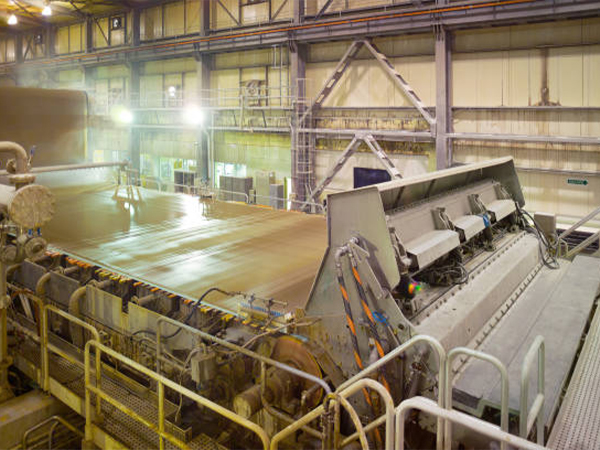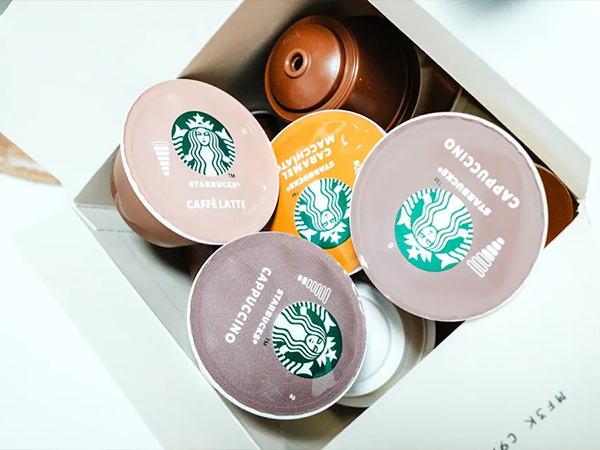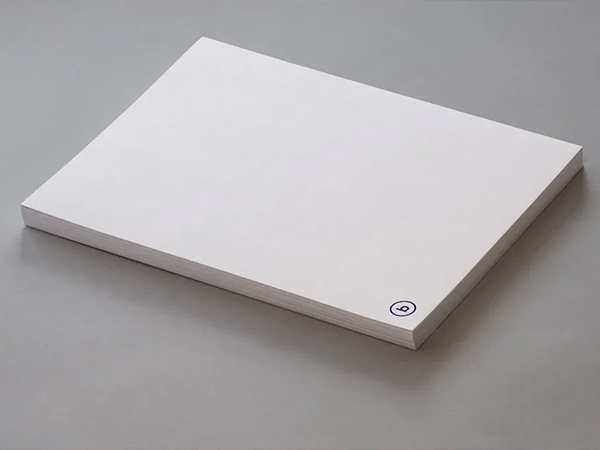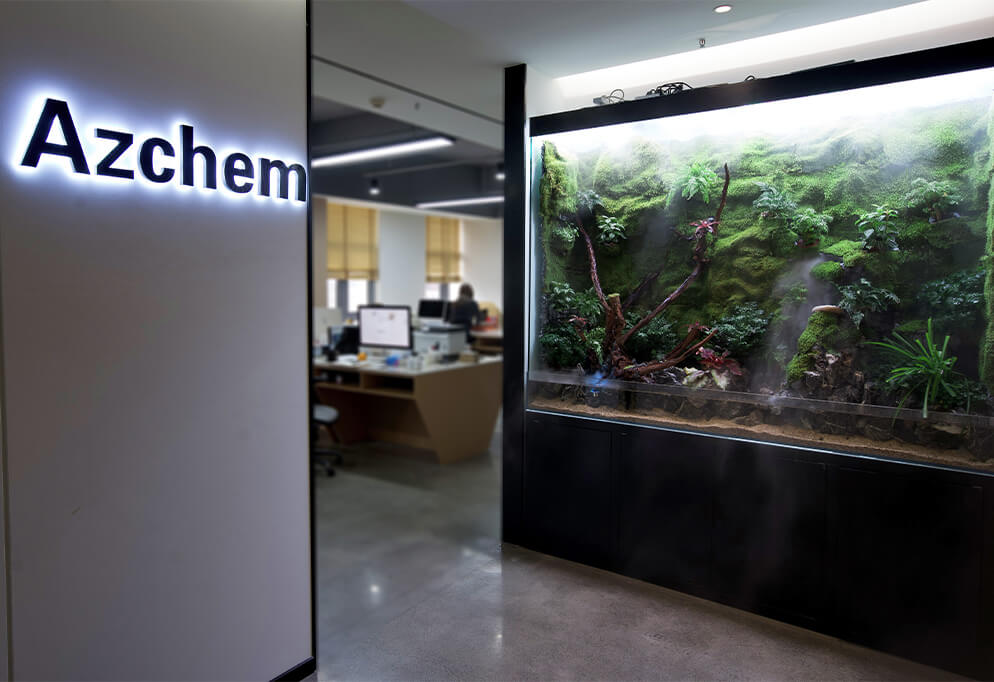I. AKD Wax Powder Synthesis Process
1. Chemical Reaction Pathway
Starting with stearic acid as the raw material, stearoyl chloride is synthesized through a phosgenation reaction. This intermediate undergoes a condensation and dechlorination reaction in a toluene solvent system, catalyzed by triethylamine, to form alkyl ketene dimer (AKD). The solvent is removed by vacuum distillation, and the final wax powder product is obtained through slicing.
2. Key Process Control Parameters
- Phosgenation temperature must be precisely controlled within a specific range (±2°C recommended).
- Catalyst dosage: 1.5–2.0% of stearic acid mass.
- Vacuum distillation: maintain vacuum at -0.095 MPa and distillation range of 180–200°C.
II. AKD Emulsion Preparation Technology
1. Traditional Process Route
Cationic starch is used as the main emulsifier. The molten AKD wax is mixed with starch paste via high-speed shearing (2500–3500 rpm), followed by high-pressure homogenization (35–45 MPa) and cooling. Stabilizers such as zirconium oxychloride are added to improve storage stability.
2. Innovative Process Optimization
High molecular emulsifiers (e.g., polyDADMAC) or modified montmorillonite materials are introduced to simplify the process and improve emulsion stability. The optimized emulsion shows over 30% reduction in hydrolysis rate, and Zeta potential remains stable at >+25 mV.
3. Quality Control Indicators
- Solids content: 12–16%
- pH: 2.0–4.0 (to suppress hydrolysis)
- Average particle size: 0.5–2.0 μm (internal sizing) / ≤0.2 μm (surface sizing)
III. AKD Sizing Application Technical Specifications
1. System Addition Process
1.1 Optimal Addition Position
- Internal sizing: High-consistency chest or mixing chest; ensure ≥15 minutes retention time
- Surface sizing: Blended with oxidized starch paste and added via metering pump to the coating system
1.2 Chemical Addition Sequence
Cationic starch (1.5–3.0%) → AKD emulsion (0.4–7.0%) → Retention aid (CPAM, 0.05–0.15%)
Avoid direct contact with anionic substances.
2. Common Issues & Solutions
2.1 Emulsion Stability Failure
Symptoms: Layering (<24 h), abnormal viscosity (>500 mPa·s), floc formation, Zeta potential < |10| mV
Control Measures:
- Storage temperature: 5–30°C (optimal 15–25°C)
- Use within 8 hours after dilution (prepare as needed)
- Stabilizers: PEI + polyDADMAC compound system
2.2 Sizing Efficiency Decay (False Sizing)
Causes: Drying temp < 93°C, system pH > 8.5, filler adsorption (e.g., PCC)
Solutions:
- Set drying segment at 110°C for ≥3 minutes
- Control pH to 7.5–8.5 (adjust via sodium carbonate/sulfuric acid)
- Replace ≥30% PCC with GCC
3. Hydrolysis & Charge Imbalance
3.1 Hydrolysis Control
- Total alkalinity: 150–250 ppm (as CaCO₃)
- Hydrolysis inhibitor: Add 0.1–0.3% PAE resin
3.2 Charge Management
- Anionic trash: Neutralize with cationic polyamine (0.05–0.1%)
- Retention system: Cationic starch (1.5%) + CPAM (0.1%)
IV. Synergistic Process Design
1. Dual Sizing System
Internal sizing (0.8–1.2%) + Surface sizing (10–15 kg/ton) combination can reduce total consumption by 20–30%.
2. Online Monitoring System
- Key parameters: Zeta potential (+15±5 mV), pH (2.0–4.0), particle size distribution
- Testing frequency: Every 2 hours sample analysis
Internal vs Surface Sizing Comparison
| Comparison Dimension | Internal Sizing | Surface Sizing |
|---|---|---|
| Mechanism | Esterification with fibers | Hydrophobic surface film |
| Reaction Conditions | 24 h curing required | Instant curing at ≥95°C |
| Water Resistance | Internal | Surface (edge penetration <10s) |
| Emulsion Particle Size | 0.5–2.0 μm | ≤0.2 μm |
Common Problems & Solutions in Internal Sizing
| Problem Type | Symptoms | Key Causes | Solutions |
|---|---|---|---|
| False Sizing | Initial sizing OK, but drops >30% after 24h | Drying temp <93°C, pH >8.5, PCC adsorption | 110°C rapid drying ≥3 min; adjust pH to 7.5–8.5; ≥30% GCC replacement |
| Hydrolysis Failure | Emulsion turbid, sizing degrades | Storage >30°C, alkalinity >250 ppm, stored >8h after dilution | Add 0.3% sodium citrate; alkalinity 150–200 ppm; prepare fresh |
| Low Retention | AKD retention <60% | Anionic trash >500 ppm, retention aid failure | Add 0.05% polyamine; use dual retention system (1.5% starch + 0.1% CPAM) |
| Foaming | Foam layer >5 cm | Excess starch, over-agitation | Starch <2.5%, add 0.01% polyether defoamer |
Common Problems & Solutions in Surface Sizing
| Problem Type | Symptoms | Key Causes | Solutions |
|---|---|---|---|
| Rewetting | WVTR >1500 g/m²·24h | Drying temp <95°C, emulsion particle size >0.2 μm | Dry at 110°C; use SDH high-shear emulsifier (≤0.15 μm) |
| Uneven Sizing | Contact angle difference >15° | Dilution <3% or >5%, unstable blade pressure | Control dilution to 3.5–4.5%; stabilize blade pressure (8–12 bar) |
| Slipping | Friction coefficient <0.3 | AKD hydrolysis byproducts, surface tension <30 mN/m | Add 0.1% zinc stearate + 0.5% surfactant (e.g., AEO-9) |
| Emulsion Break | Flocculation in sizing solution | Excessive shear, electrolyte >1000 ppm | Use gear pump; add 0.2% PVA stabilizer |
Specialized Solution Comparison
| Control Dimension | Internal Sizing | Surface Sizing |
|---|---|---|
| Temperature | Drying ≥110°C | Drying ≥110°C (hot air penetration) |
| pH Control | 7.5–8.5 (via Na₂CO₃/H₂SO₄) | 5.0–6.5 (prevent hydrolysis/film formation issues) |
| Emulsion Particle Size | 0.5–2.0 μm | ≤0.2 μm |
| Retention System | Cationic starch + CPAM | Oxidized starch + PAE |
| Monitoring Frequency | Every 2h: Cobb value, Zeta | Every hour: contact angle, solids content |






